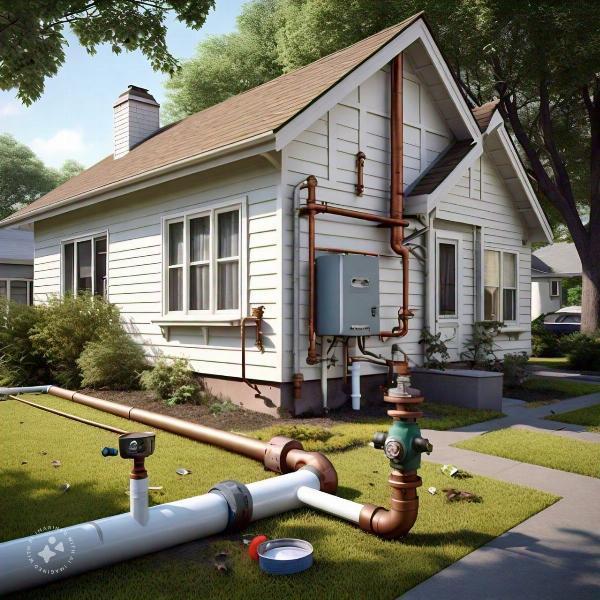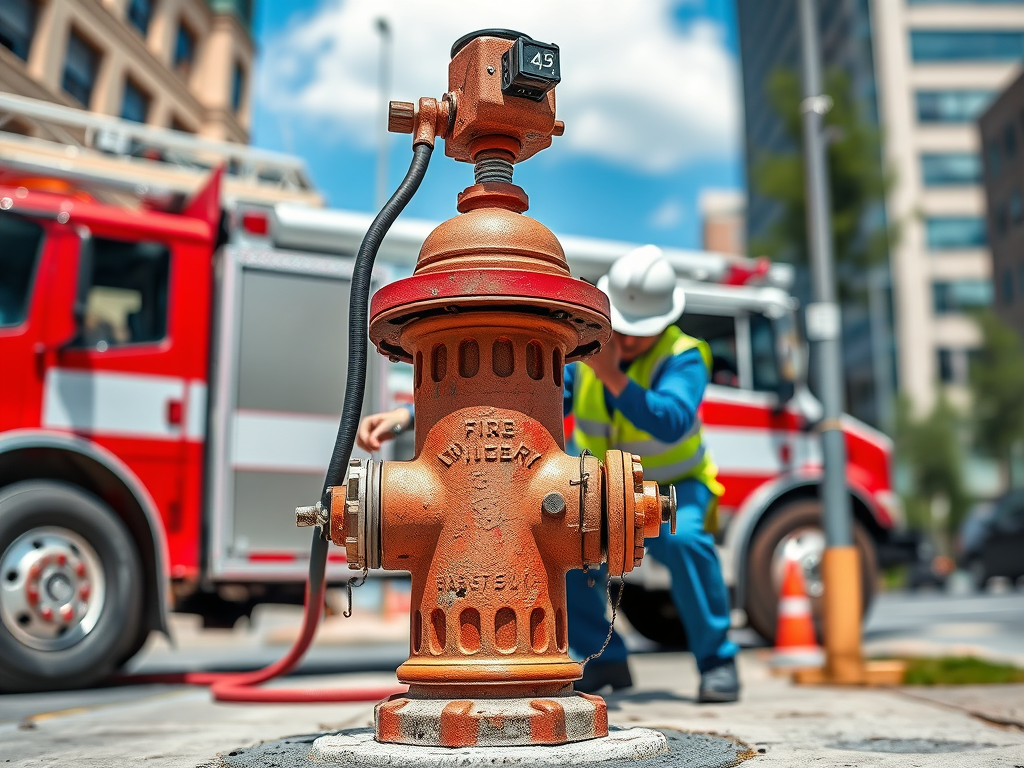Common Issues with Water House Connections and How to Prevent Them

Strong 8k brings an ultra-HD IPTV experience to your living room and your pocket.
Your water house connection is the critical link between your home’s plumbing system and the main water supply. It ensures you receive clean and safe water for everyday activities like drinking, cooking, and cleaning. However, over time, various issues can arise with water house connections, leading to leaks, reduced water pressure, or even water contamination. In this article, we’ll explore common problems with water house connections and provide practical tips on how to prevent them.
1. Leaking Water Connections
One of the most frequent issues homeowners face is a leak at the water house connection. Leaks can occur due to aging pipes, worn-out seals, or improper installation. Even small leaks can lead to higher water bills and, over time, cause significant damage to your home’s foundation or landscaping.
Prevention Tip: Regular inspections are key. Check for damp spots or unusual puddles around the connection area. Ensure that joints and seals are tightly secured. If the connection is old, consider having a professional plumber assess it to determine if replacement parts or a full upgrade is necessary.
2. Low Water Pressure
Experiencing low water pressure can be frustrating, especially when doing daily tasks like showering or washing dishes. This issue can stem from several causes, including blockages in the pipes, leaks, or issues with the municipal water supply.
Prevention Tip: Regularly check the water pressure using a pressure gauge attached to an outdoor spigot. If you notice a drop in pressure, inspect the pipes for any visible blockages or leaks. Additionally, make sure to flush the system periodically to remove any buildup of sediment that could restrict water flow.
3. Corrosion in Pipes
Water house connections are often made of metal, which can corrode over time, especially in areas with hard water. Corrosion weakens the pipes and can lead to leaks or water discoloration. The presence of rust or orange-colored water is a clear indicator of corrosion inside your pipes.
Prevention Tip: Installing a water softener can help reduce the rate of corrosion caused by hard water. If corrosion has already set in, it may be time to replace the affected sections of piping. Opt for corrosion-resistant materials like PVC or PEX for long-lasting performance.
4. Frozen Pipes in Winter
During winter, water house connections are at risk of freezing if not properly insulated. Frozen pipes can lead to water supply interruptions and can even cause the pipes to burst, resulting in costly repairs and significant water damage.
Prevention Tip: Insulate your water pipes, especially if they are exposed to cold outdoor temperatures or located in unheated areas like basements or crawl spaces. During extremely cold weather, allow a trickle of water to flow from faucets to prevent freezing. It’s also essential to disconnect outdoor hoses and cover any exposed spigots.
5. Tree Root Intrusion
Tree roots naturally grow toward water sources, and over time, they may invade your water house connection, causing blockages or cracks in the pipes. This can result in reduced water flow or even severe leaks.
Prevention Tip: Be mindful of where trees are planted on your property, especially near underground plumbing lines. Regularly inspect the area around the water connection for signs of root invasion. If you suspect roots are causing problems, contact a professional to assess and remove the roots without causing further damage to your pipes.
6. Backflow Issues
Backflow occurs when contaminated water flows in the opposite direction, potentially entering your home’s clean water supply. This is a health risk, as it can introduce harmful bacteria or chemicals into the water used for drinking or bathing.
Prevention Tip: Install a backflow prevention device to ensure water only flows in the proper direction. Regularly test and maintain this device to guarantee its effectiveness. Many municipalities require backflow preventers, so it’s important to stay in compliance with local regulations.
7. Outdated or Incompatible Materials
Older homes may have water house connections made from outdated materials like galvanized steel, which are prone to rusting and deterioration over time. Additionally, using incompatible materials for repairs can lead to leaks or weak joints.
Prevention Tip: If your home is older, consider upgrading your water house connection to more durable materials like copper, PVC, or PEX. Ensure that any repairs are done using materials compatible with the existing system to prevent future issues.
Conclusion
Water house connections play a crucial role in providing your home with a steady and reliable water supply. However, like any component of your plumbing system, they are vulnerable to various issues over time. By being proactive—through regular inspections, timely repairs, and the use of high-quality materials—you can prevent many of the common problems associated with water house connections.
For homeowners in Maryland, including Prince George’s County, working with a professional water service provider is essential to ensure your water house connection remains in optimal condition. By addressing these issues early, you can avoid costly repairs and ensure your water supply remains clean, safe, and efficient year-round.
Note: IndiBlogHub features both user-submitted and editorial content. We do not verify third-party contributions. Read our Disclaimer and Privacy Policyfor details.




